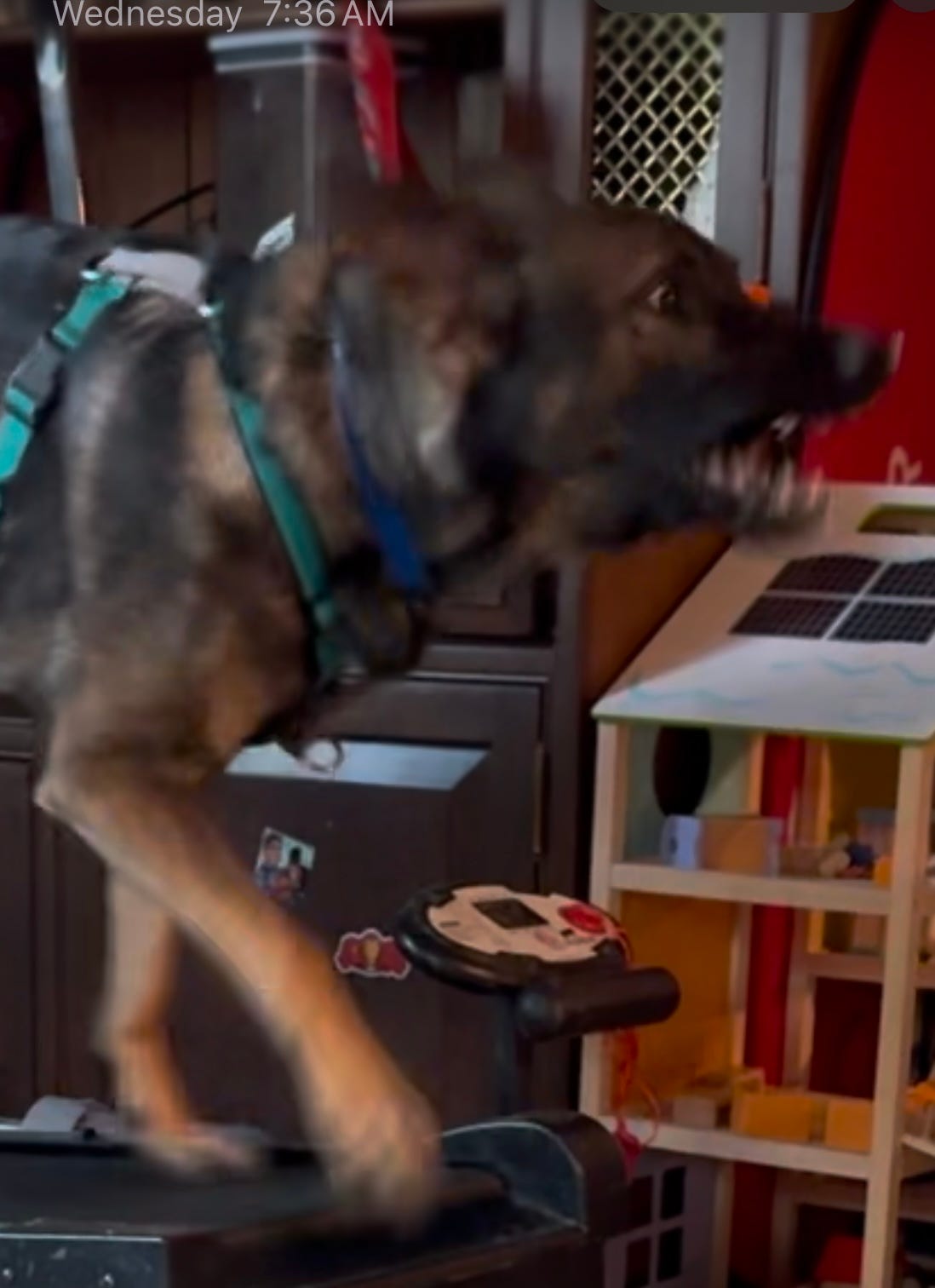There’s no shortage of dog trainers who claim to “rehabilitate aggressive dogs.” It’s a compelling message—one that appeals to desperate owners who love their dogs but fear their behavior. But how much of this is real, and how much of it is just good marketing?
It’s easy to think of aggression as a “training problem,” something that can be fixed with the right protocols. But is aggression really a behavior, or is it something deeper? If a dog is genetically predisposed to react with aggression under stress, can training fundamentally alter that predisposition? Or does it simply teach the dog how to suppress those instincts under controlled conditions?
I tend to believe that human-directed aggression is often hardwired into a dog’s temperament. If a dog has shown serious aggression toward children, for example, no amount of training will make that dog truly safe with children. Can you teach management skills? Of course. Can you improve impulse control, desensitize triggers, and reduce reactivity? Absolutely. But changing a dog’s innate feelings about a stimulus—especially something as complex as a human—seems far less likely.
Of course, there are exceptions. Some aggression is situational, tied to fear or insecurity, and those cases might be more malleable. A dog that has bitten out of panic can sometimes gain confidence with careful training and environmental changes. But what about the dog that enjoys aggression? The one who doesn’t just react under pressure but seeks out opportunities to intimidate or harm? Those cases make me question whether aggression can ever be fully erased or if, at best, it can only be managed.
Ultimately, the question is: What does success look like? If we define it as a dog never displaying aggression again, I’m not sure that’s realistic. If we define it as a dog learning to exist safely within structured parameters, then maybe.
But, particularly for dogs who are willing to harm humans, are we truly modifying aggression, or are we just building a well-maintained pressure cooker, hoping the lid holds?
I don’t claim to have all the answers, but I’d love to hear from others: Have you seen true changes in a dog’s aggressive tendencies, or just improvements in management? And is that distinction important?




